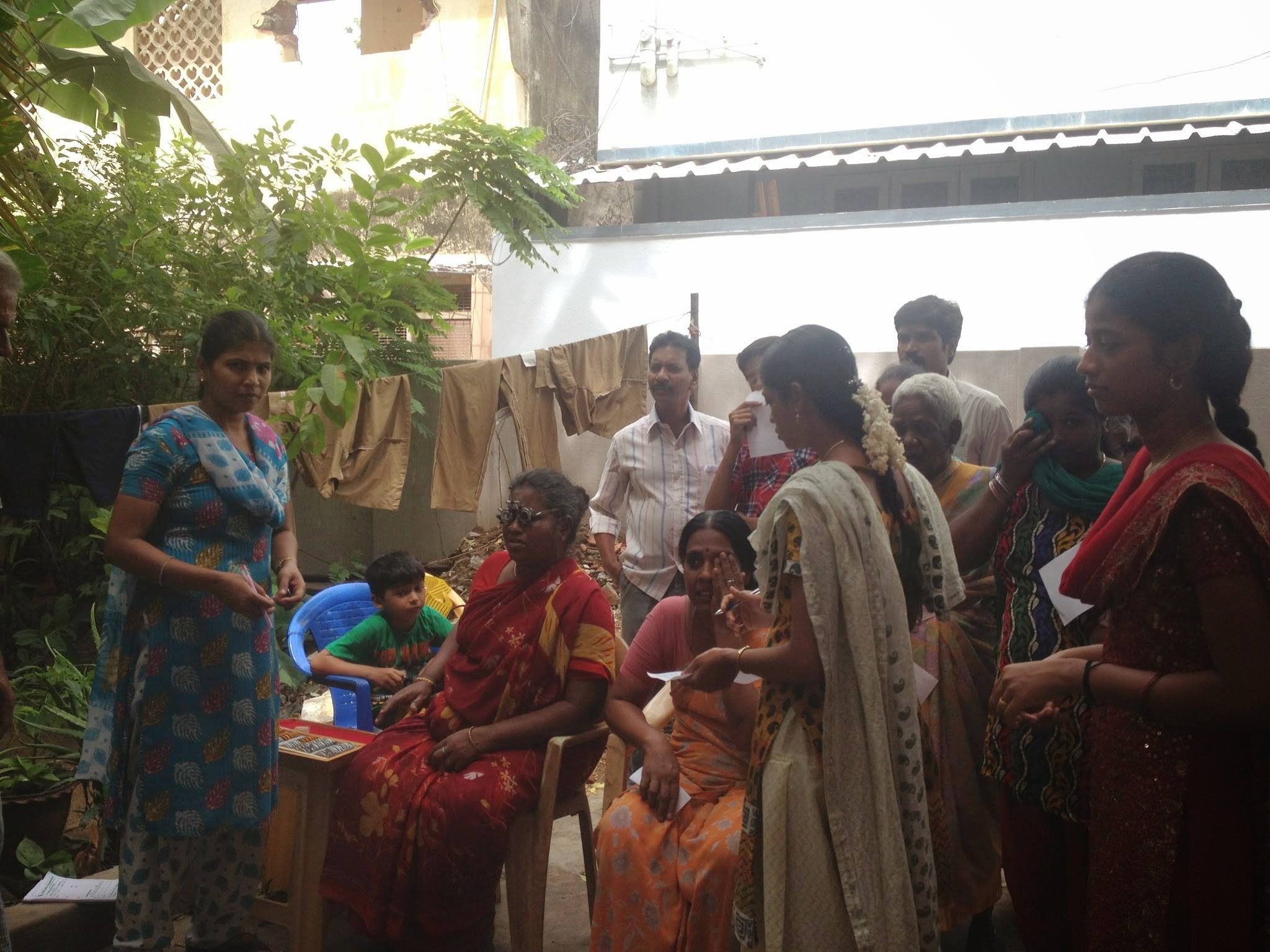
Certificate in Global Health Practice
Module 1: What Are Best Practice "Gold Standard" Principles?
Taken together, best practice “gold standard” principles form a guide to ensuring the maximum beneficial impact of global health endeavors. These principles maximize efficiency, effectiveness, access to care, quality of care, and sustainability.
Global health organizations must:
Eliminate barriers to care
The ultimate goal of any global health endeavor is to restore health to people. Those who are most in need may not have transportation to a nearby clinic, so healthcare must be brought to them. Additionally, these patients might not have the financial resources to pay for care, so the services must be provided free of charge or at minimal cost. Basic healthcare is a human right, and we must strive to provide universal access to that care.
Partner with locals
It is essential to work with local clinics, organizations, and community members for several reasons. First, this legitimizes the local caregivers in the eyes of the patients, thereby improving the sustainability of the global health program. Global health organizations must also educate local health workers so they can provide year-round care. Additionally, local community members are instrumental in facilitating communication with patients, as they generally do not face language or cultural barriers, in addition to coordinating logistical details, from transportation and lodging to publicizing programs in the community. Local doctors are also familiar with the diseases with which visiting physicians may be less familiar. Working directly with community members fits into the “bottom-up” grassroots approach to global health, which is documented to be more effective than a “top-down” approach beginning with governmental agencies.
“The balance of evidence from published literature and case study accounts is clear…The greater the level of local community involvement in setting agendas for action and in the practice of health promotion, the larger the impact.”(1)
“Health programs should involve community members at all levels of assessment, design, implementation, and evaluation.”(2)
Provide comprehensive care:
The goal is to treat patients, not simply to provide temporary relief from their symptoms. Patients should not only receive exams, diagnoses, and appropriate treatments but should also have year-round access to preventive care (including proper nutrition) and educational resources about their conditions.
Control for quality of care:
Medical providers must be highly competent and licensed to carry out relevant procedures. Other caregivers and organizers must be thoroughly trained to ensure patients are receiving high-quality care. Results must be measurable so that progress can be assessed.
Be accountable:
Global health organizations must be committed to low overhead costs and continual improvement. They must therefore be open to internal and external evaluations.
Inspire and mobilize others:
Successful global health work is contagious. Global health leaders continually inspire, train, and mobilize new volunteers to join the cause.
Footnotes
(1) Gillies, P. "Effectiveness of Alliances and Partnerships for Health Promotion." Health Promotion International, vol. 13, no. 2, 1 June 1998, pp. 99–120., doi:10.1093/heapro/13.2.99. Accessed 18 November 2019.
(2) Partners In Health. "Partners in Health" www.pih.org/. Accessed 18 November 2019.
